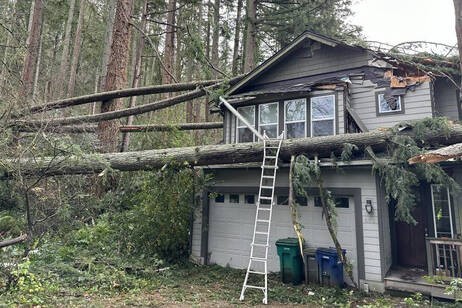Forget the Dow Jones Industrial Average. If you want to know how the economy is doing, go root around in city dumps. And bring a scale. Because one thing this recession has taught us is that the amount of garbage we produce is directly tied to how much money we collectively have.
Consequently, as Seattle Public Utilities manager Hans Van Dusen tells Seattle Weekly, the amount of garbage Seattle sent to the landfill over the past two years has dropped 20 percent—from approximately 440,000 tons in 2007 to 360,000 last year. This year, the city’s garbage output is on track to shrink by another 8 or 9 percent.
The reduction has been most dramatic in the commercial sector, as more and more businesses stopped generating trash simply because they shut down, says Van Dusen. Increased recycling played a role in the trash downsizing too, he says.
Call it the recession’s silver lining, one good not only for the environment but for the city’s pocketbook.
Seattle, which sends its garbage to a Waste Management landfill in Oregon, pays to dispose of its trash by the ton. Each ton sets the city back $40, so our savings since 2008 will amount to about $4.5 million by the end of this year.
Still, SPU expects to ask the City Council this summer to increase its budget and approve “slight” rate hikes for collection services, says Van Dusen. That’s largely because SPU is slated to spend $120 million to rebuild its two aging dumps (“transfer stations,” in bureaucratic parlance) and construct a new recycling center in South Park.








